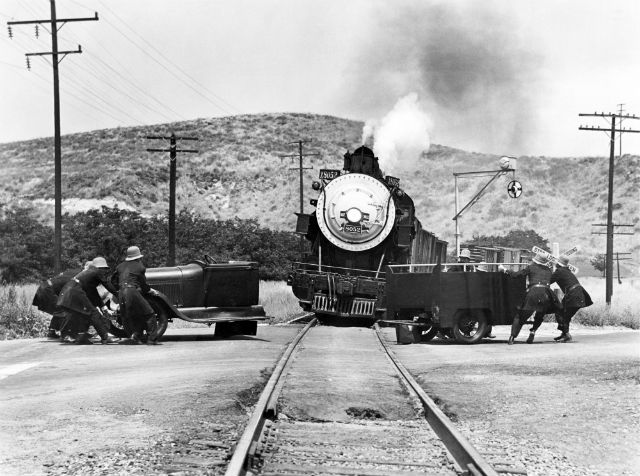Tragedy led to the creation of an air traffic control system in the USA. In 1956, two airliners collided over the Grand Canyon, killing 128 and forcing the government to manage the airspace. Two years later, the Federal Aviation Administration was formed with the power to govern all national airspace and a mandate to modernise already antiquated ATC systems and procedures for the jet age.
Despite hundreds of documented close calls, unmanned air vehicles have not caused a similar tragedy, despite existing in a regulatory and control regime that is far less organised and secure than manned aviation was 60 years ago.
That stroke of luck has little to do with any positive action by the FAA. In 2007, the agency halted efforts to propose a set of regulations for a class of small UAVs weighing under 24kg (53lb). Except for a growing list of exceptions, it is illegal to use the airspace to operate small UAVs for commercial purposes – but of course that has stopped hardly anyone.
In the absence of regulations, new UAV operators lack a set of rules, responsible operators have nowhere to go and some of the most innovative companies have moved research and development operations overseas.

Operators don't always follow the rules
Rex Features
It has taken nearly eight years and a public outcry, but it seems the FAA has finally received the message.
The last three months have marked a clear inflection point in its approach to regulating UAVs. In February, it released a belated rulemaking proposal on small UAVs. Given an unhelpful stance previously, observers were surprised by a key shift in policy.
A newly created unmanned airman’s certificate could be all the agency requires to operate small UAVs commercially, breaking from its long-held requirement for a pilot’s licence. A month later, it relaxed a similar policy for a company to receive a so-called section 333 exemption. Instead of requiring an operator to have a private pilot’s licence, a sport pilot’s licence is allowed.
The sheer number of approved exemptions – now in the hundreds – speaks to the FAA’s new sense of ownership of the commercial UAV industry.
Agency officials moved further on 6 May, allowing a select group of users to begin operations in urban areas and beyond visual range of the operator.
The FAA has created the safest transportation system in history through active regulation of operators and manufacturers. By choosing to neglect that responsibility for several years, its inaction increased the risk of a UAV accident with human consequences.
Source: Flight International


























